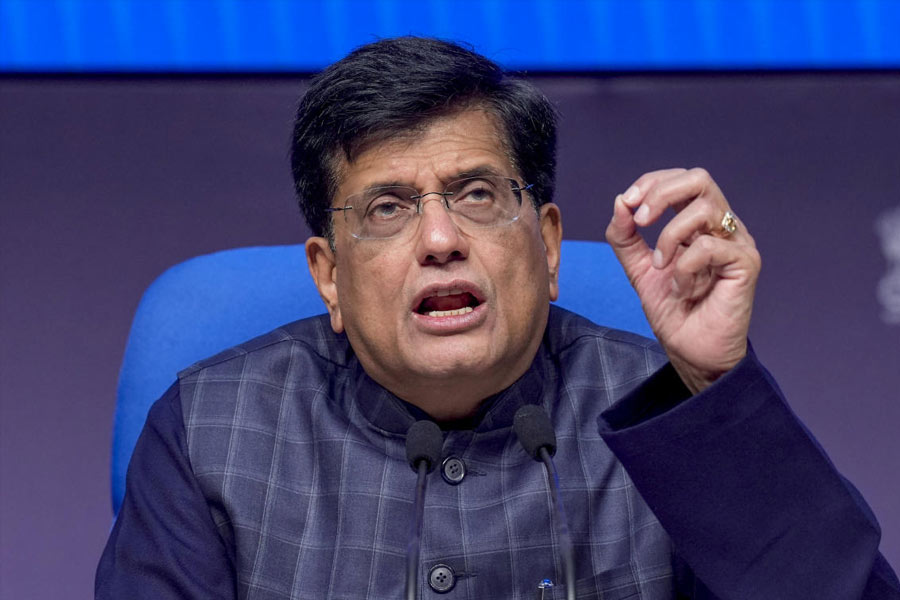Wedded to a new country
 |
Marrying Anita: A Quest for Love in the New India (Bloomsbury, Rs 495) by Anita Jain seems to offer nothing new in terms of literary flavour. The discovery of one’s native ties, the exoticized cultural values of India and finally, the desire for a return to one’s homeland — are apparently all that Jain could think of bringing together in her autobiographical novel. In the fantasies of the Indian diaspora in New York, to which she belongs, an arranged marriage seems to be the ultimate solution to the frustrations of spinsterhood and failed romance. Thus a thirty-something Anita goes back to India with renewed hope for a stable relationship and for the comforts of the native land. Events take a different turn once she finds a “new India” in place of the one she had dreamt of. Here she is confronted with the same games of lie and deceit that had tainted all her relationships back in New York. But even as she copes with the changed reality, she resolves to know her country afresh and even falls in love with it. Readers will identify with the crises of urban life as Jain has portrayed them.
 |
Karan Quma and the Meluha Tree (Deepshikha, Rs 299) by Matthew Penamkat is a facile attempt at writing a children’s novel by stringing together items that young adults are supposed to prefer — magic, mystery and humour. But the ingredients are not mixed in the right proportion. The influence of Harry Potter novels is obvious as the boys — Karan, an orphan, and Kogan — go to the Rod and Bag Public School, have strange encounters and finally discover the mystical Meluha Tree mentioned in the Seventh Harappan Tablet. There is a clichéd juxtaposition of good and evil that makes the novel boring, to say the least. Everything is simplified and explained in detail, whereas well-written tales of mystery and enchantment usually leave much to the readers’ imagination. Unfortunately, Penamkat’s cramped style allows no space for the free play of fancy. The only novelty, if it can be called so, lies in the use of Indian names, locations and motifs such as the apsara or the girgit. The cover illustration too is an eyesore.
Building Hope: Leadership in the Nonprofit World (Macmillan, Rs 285) by John Bateson repeats what most of the management guides available in the market have to offer. There are the usual chapters on fund-raising, staff-management, programme development and so on. The work ends up being a hackneyed compilation of tips on running nonprofit agencies, interspersed with phoney anecdotes.










